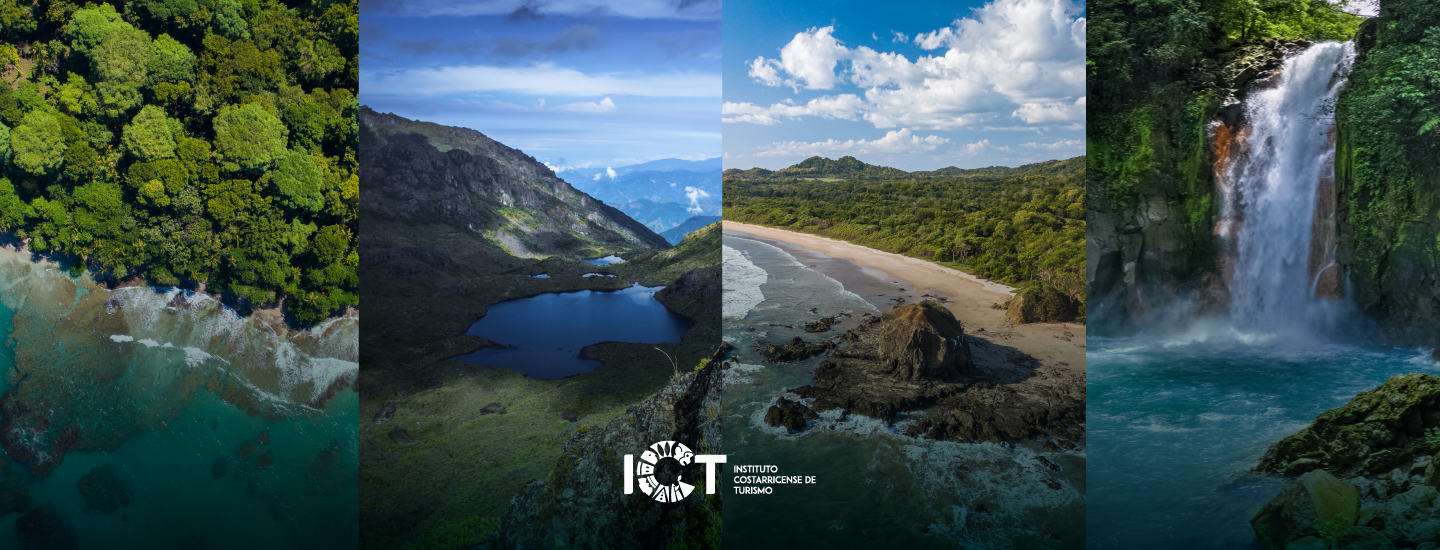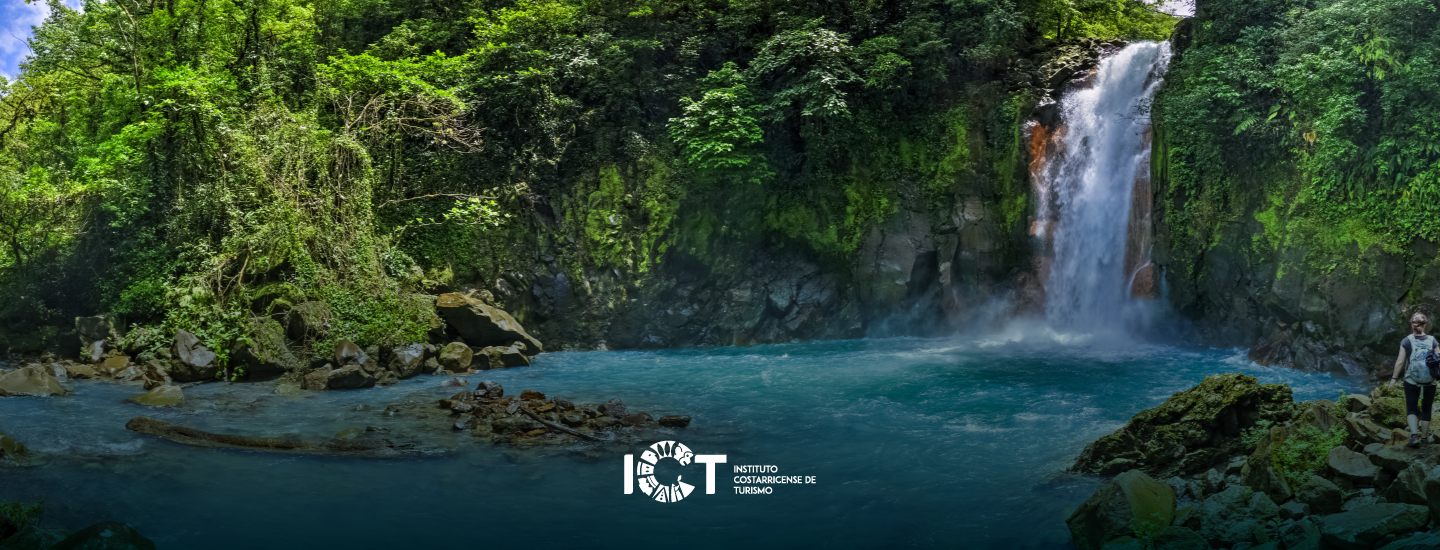Costa Rica becomes the first country in the region with a security system in a volcano
- The official re-opening of the protected area, announced by President Carlos Alvarado, will feature an advanced risk management and prevention model.
- The Poás Volcano will have refuges, protective tools and real-time gas monitors to offer visitors a safe experience.
- Tickets will be sold exclusively online at www.sinac.go.cr.
With the official re-opening of the Volcán Poás National Park, announced this week by President Carlos Alvarado, Costa Rica will become the first country in Central America to have a risk management system in a national park featuring a volcano.
The model will provide the public with a series of measures set out by the CNE’s Technical Assessment Committee (CAT) of Vulcanology and Seismology. These measures, which include refuges, protective equipment and real-time gas monitors will provide protection to ensure the safety of people in the event of a possible emergency.
The park, which was closed over 16 months ago, will re-open to the public starting Friday, following the signing of the resolution to re-open the park in a ceremony that took place this Wednesday in the protected area, which was attended by President Alvarado.
In order to control visits, an online ticket purchasing system has been set up for both local and foreign tourists on the website www.sinac.go.cr.
The CAT has set a limit of 50 people per group to enter the crater lookout. They will be able to remain there for a period of 20 minutes.
President Alvarado expressed his satisfaction with the inter-institutional work and the joining of forces with the private sector and neighboring communities.
“The route that was followed has allowed us to re-open the park with a management model that will make us stand out internationally as an innovative country in the area of tourist safety”, the President noted.
The investment for this project amounts to ¢77 million, obtained from the Second US-Costa Rica Debt-for-Nature Swap, administered by the Asociación Costa Rica por Siempre and the Service Operation and Tourist Assistance Trust administered by Fundecor with the SINAC Central Conservation Area.
The funds were used to build the five refuges, to purchase real-time gas sensors, helmets and masks, as well as safety signage and training for park rangers, tourist guides and residents of the surrounding communities.
The Minister of the Environment and Energy, Carlos Manuel Rodríguez, noted that work has been ongoing on a continual basis since the beginning of the Alvaro Quesada administration to make this re-opening possible while complying with the standards set by the experts.
He highlighted the formation of the high-level committee that included MINAE, SINAC, ICT, CNE, Oviscori and the Seismological Network, as well as non-governmental organizations like Asociación Costa Rica por Siempre and Fundecor, and representatives from the Poás Chamber of Tourism, the Fraijanes and Poasito ADIs and Coopetransasi.
The Vice-Minister of the Environment, Pamela Castillo, explained that the experience of visiting Poás will now be completely different and very exciting. “People will have to wear helmets and will only have access to authorized areas. Other sectors of the park will remain closed for security reasons, such as the Laguna Botos lookout.”
She remarked that visitors would even be able to observe some of the impacts of volcanic rocks on the lookout’s railing.
The President of the CNE, Alexander Solís, noted, “Our main mission is to ensure the protection of the people visiting and working at the Poás Volcano. Since the events of more than a year ago, we have coordinated a new volcanic risk management paradigm, which has led to our work to comply with safety measures”.
Regarding safety measures
5 refuges have been built: 3 new modules and 2 renovations and/or retrofits of the park’s existing infrastructure, such as the control house in the crater and the central hall in the health services area close to the crater area.
- A 2.5x2.0 m refuge for 18 people at the crater.
- A 2.0x2.5 m refuge for 10 people at the crater.
- A 1.5x3.2 m refuge for 8 people at the crater.
- Enlargement and remodeling of the control house for 20 people at the crater.
- 30 m2 of earthenware for the central health services module for 50 people.
- 4 wooden structures with shade cloth to keep tourists off the paths.
200 helmets, 70 masks and 4 real-time gas measurement sensors, were also acquired, which will be able to detect high levels of sulfuric acid and other gases that are potentially harmful to humans. In the event of an emergency, a protocol will be activated to move visitors to a safe place.
“In the event of a possible emergency, there will be ten seconds to reach a refuge and put on masks”, said Vice-Minister Castillo.
Zdenka Piskulich, Executive Director of Asociación Costa Rica por Siempre, commented that “part of the mission of the second Debt-for-Nature Swap is to strengthen protected areas through the involvement of the communities”.
“That is why are not just supporting the reopening of the national park, but are also working to ensure that the residents are leaders in its management, and can diversify the economic activities in the region. They have received various training courses and will continue to receive our technical and financial support”.
Felipe Carazo, Executive Director of Fundecor, said that “the process of re-opening the Poás Volcano has allowed us to take advantage of our partnerships to make the Poás Volcano work as a protected area and a tourist destination. All of our support will be directed to the work that is yet to come, the economic revitalization”.
The Poás Volcano has exhibited a sustained decrease in its activity. However, if new, smaller eruptions or more hazardous events occur, whether related to the groundwater or magma, measures will be taken to ensure the safety of employees and visitors.

